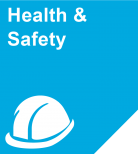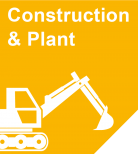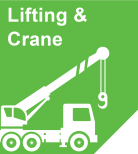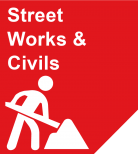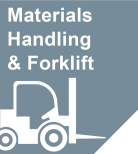Course content
- Introduction
- Understanding workplace noise
- Duties and responsibilities of operators and managers
- Visualising noise in the workplace
- Understanding the mechanics of your ear
- Understanding noise measurement and exposure action values
- Defining sound levels and frequency
- Warning signs and precautions
- Health surveillance and reporting procedures
- Audiometric testing
- Proactive noise reduction methods
- Engineered noise reduction methods
- Dynamic approach to noise risk assessment
- Information noise exposure data
- Personal protective equipment, selection, inspection and wearing.
Some important information
The Control of Noise at Work Regulations 2005 (the ‘Noise Regulations’) require you to eliminate or reduce risks to health and safety from noise at work.
Depending on the level of risk, you should
- take action to reduce the noise exposure; and also
- provide your employees with personal hearing protection.
Other duties under the Regulations include the need to
- make sure the legal limits on noise exposure are not exceeded;
- maintain and ensure the use of equipment you provide to control noise risks;
- provide your employees with information, instruction and training; and
- carry out health surveillance (monitor workers’ hearing ability).
The Regulations apply where work activities expose people at work (your employees or other workers affected by your work activities) to risks to their health and safety from noise.
The Regulations do not apply where people who are not at work are exposed to risks to their health and safety from noise related to work activities; however, the general duties of section 3 of the Health and Safety at Work etc Act 1974 may
apply in such cases.
If you would like to read more about Noise Awareness, you can download a free leaflet from the HSE website: Click Here

